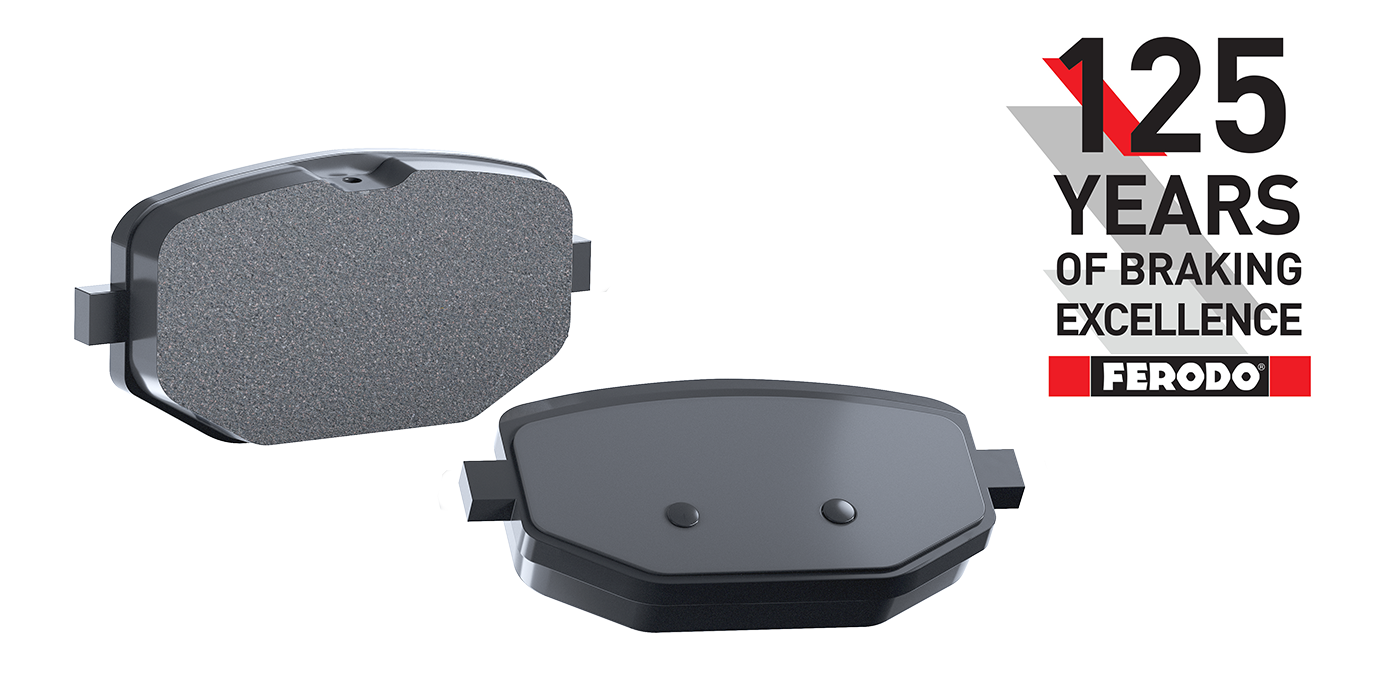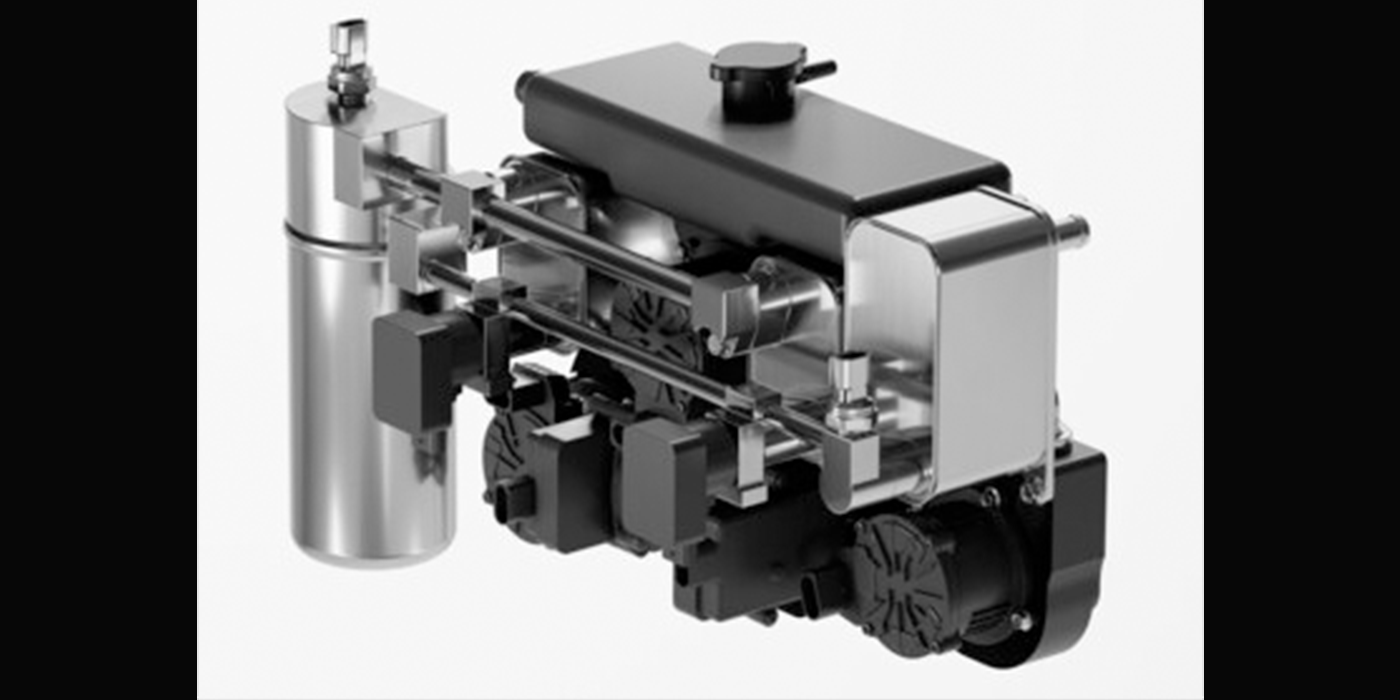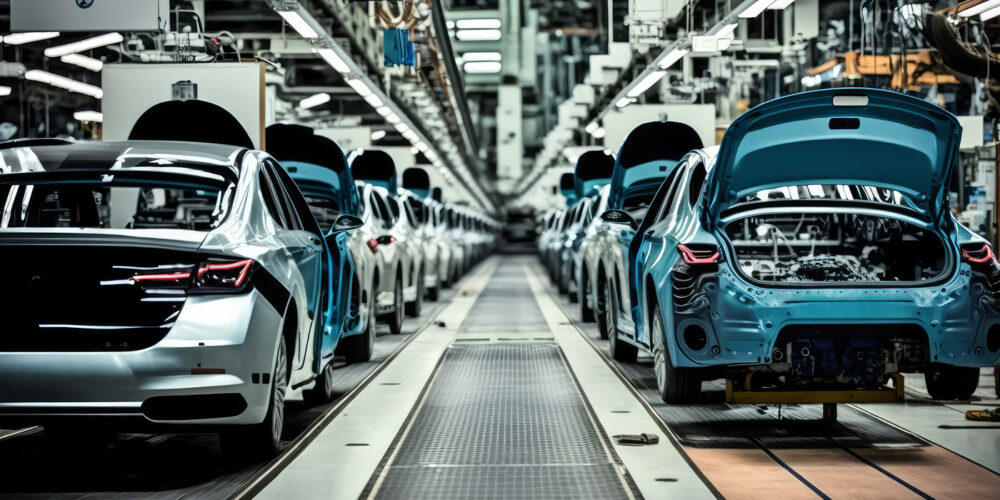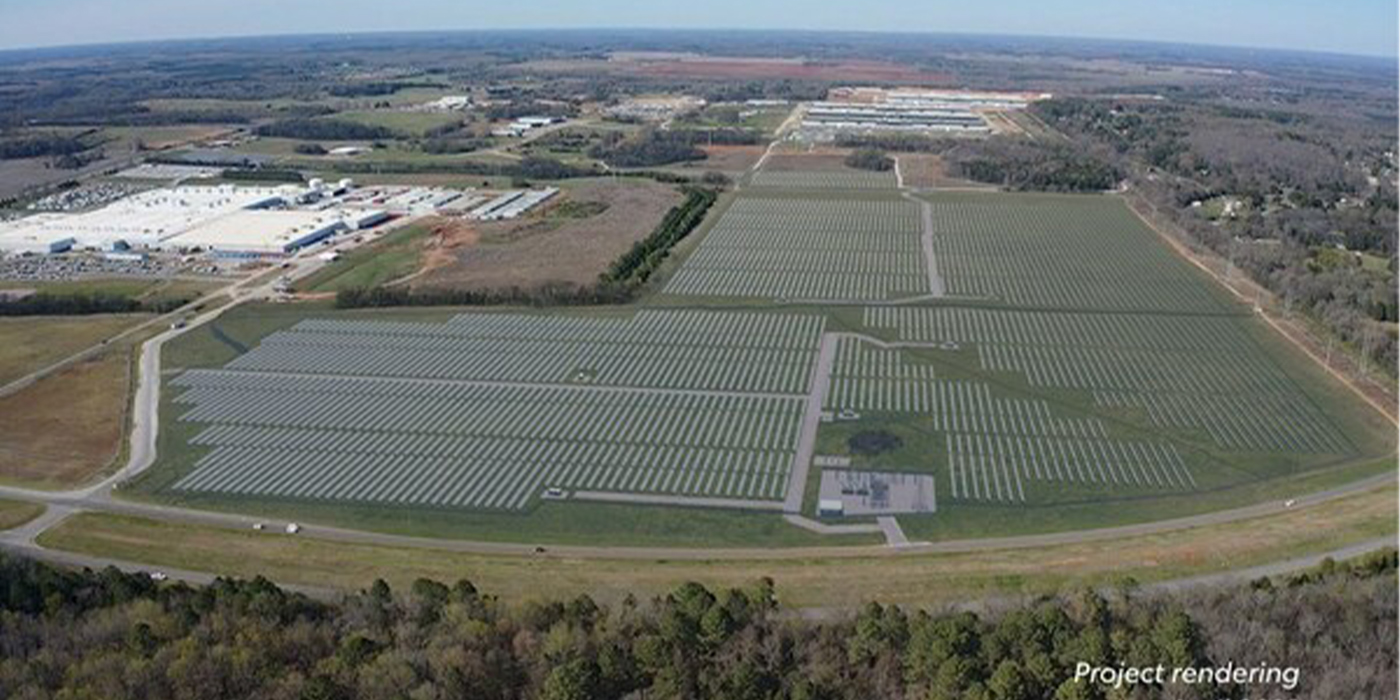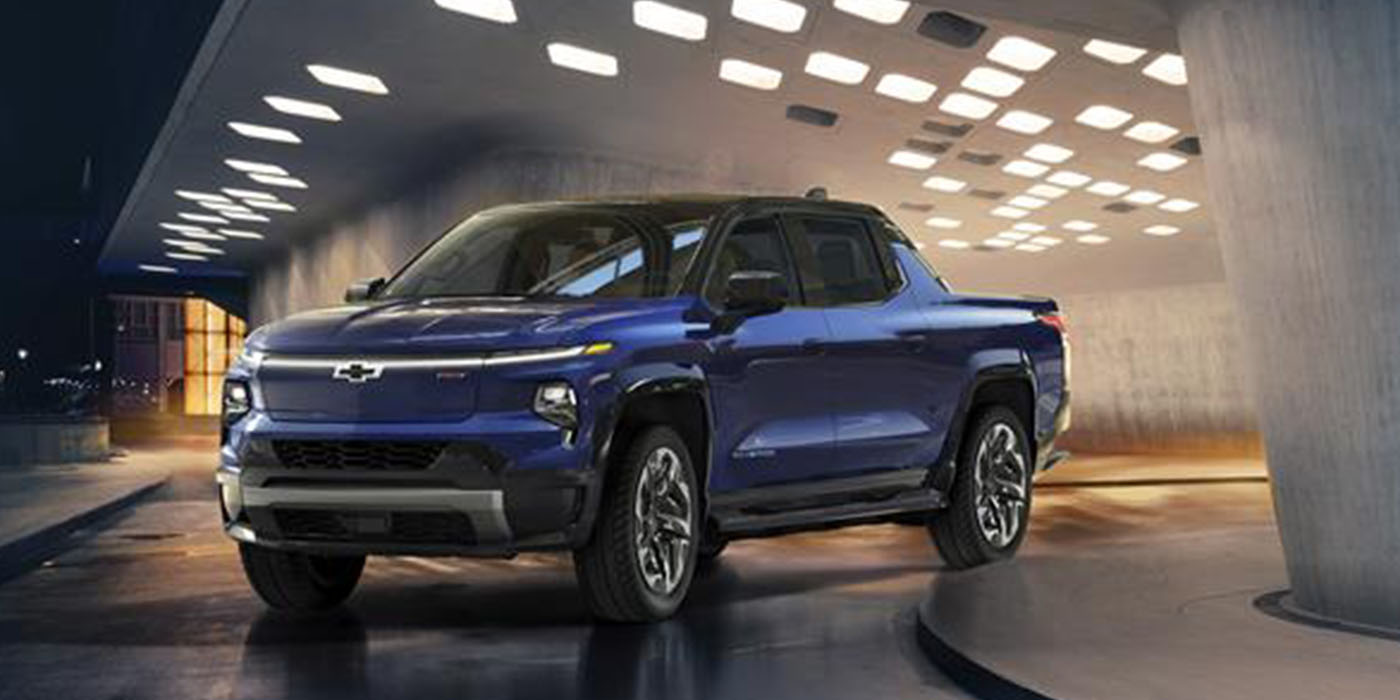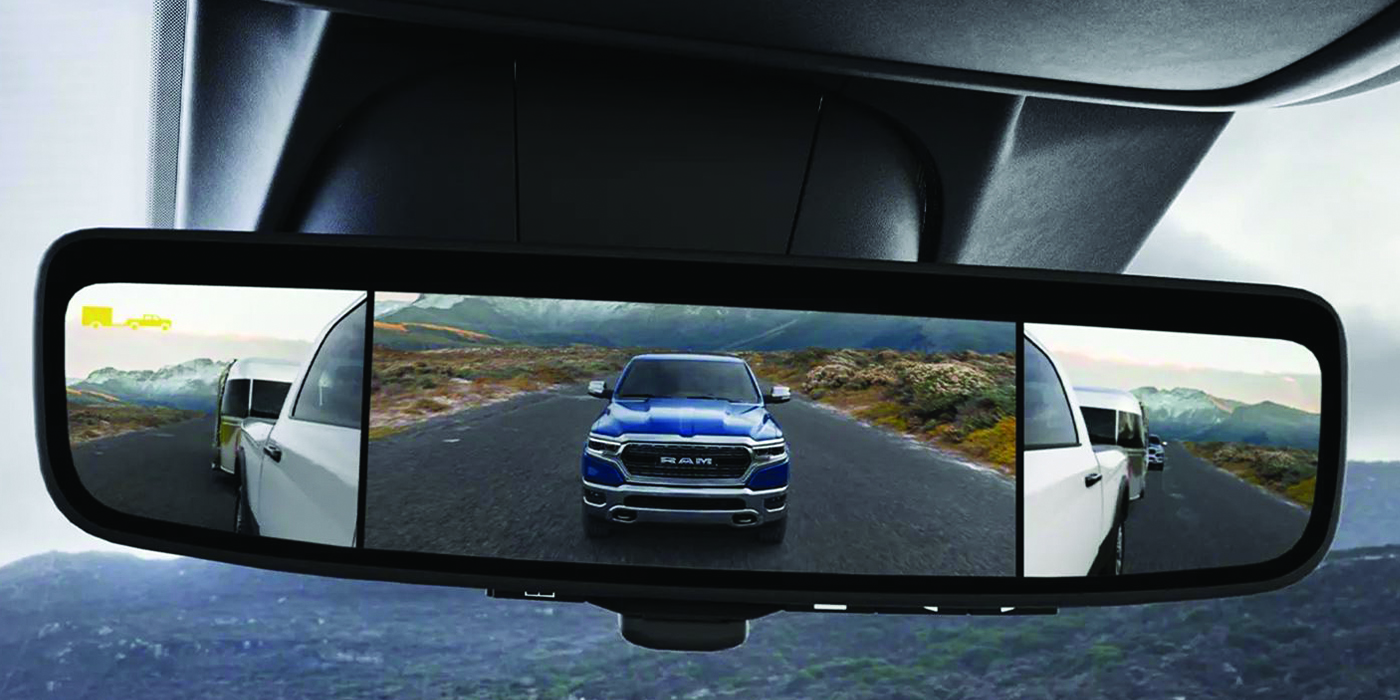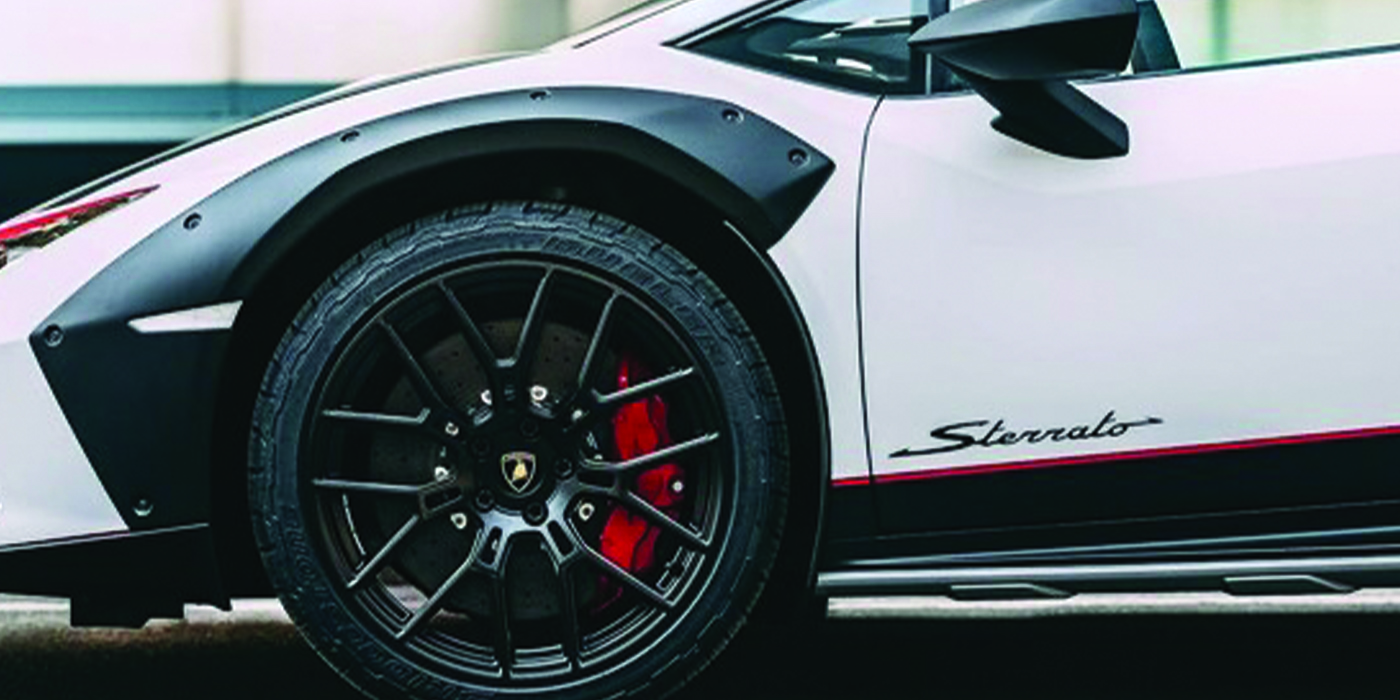From Detroit Free Press
DETROIT — General Motors Corp. just finished its worst three-month period in more than a decade, losing $1.1 billion, and spending $3.5 billion out of its savings.
But as Chairman and CEO Rick Wagoner works to get the world’s largest automaker through its toughest year since the early ’90s, one headache he doesn’t have is worrying about running out of cash, as Chrysler Corp. did in the late ’70s.
The company’s automotive business entered the year with $23.3 billion in savings, which is entirely separate from the accounts of GMAC, the automaker’s profitable finance business, which lends money to car-buyers, dealers and homeowners.
The first quarter of 2005 took a bite out of GM’s cash hoard:
The company spent $3 billion more on the day-to-day running of the business than it brought in.
It also paid $1.3 billion to Fiat. Why? About five years ago, GM bought part of Fiat’s automotive business and agreed to buy the rest if Fiat wanted to sell it. But GM later decided that it didn’t want to buy Fiat Auto, so it paid off the Italian conglomerate to keep its money-losing car business.
GM also spent or set aside $400 million in buyout packages for thousands of European workers it can’t afford to keep.
These expenditures were offset however, by a few pieces of good news, such as a $500 million payment from GMAC to the auto business.
All told, the company ended March with $19.8 billion in cash, again excluding GMAC.
That is a lot of money, but an amount that can be used up in as little as two years.
Some experts look at automakers’ financial health by comparing the cash and investments that can quickly be traded for cash with the debt held by the industrial, or non-financing, part of the business.
By that measure, known as net cash, GM’s fortunes have worsened by $19 billion in less than two years.
In the middle of 2003, GM had $6.5 billion more in cash than debt.
But after it borrowed billions of dollars to invest in its pension funds, the automaker now owes $12.5 billion more than the nearly $20 billion in cash it has on hand.
Much of that debt doesn’t have to be repaid for decades, but it is a big swing nonetheless–and a potential source of future concern when those debts come due.
GM notes, however that it has other retiree-benefit accounts it may begin tapping.
Now, it’s important to keep in mind that all of these figures are separate from the highly profitable GMAC financing business.
Automakers generally keep the accounting for their financing businesses separate from their automaking businesses until summing it all up as a net figure at the end.
The reason is because the businesses are very different, and keeping them separate allows investors to better see how each part of the business is doing.
What needs to be kept in mind is that GMAC is very profitable, and is expected to pay GM’s automotive business about $500 million a quarter, or $2 billion a year, from its profits.
(Things may get a little tougher for GMAC if GM’s credit rating is downgrade to “junk” status in the next year, as expected. That would make it uneconomical for GMAC to sell certain bonds, for instance. But GMAC staffers have worked hard to find other sources of money, if needed, including up to $70 billion it can borrow through lines of credit, which are sort of like corporate-sized credit cards.)
The big question for GM this year, is whether it has enough cash to keep paying its quarterly dividend to its investors, which held steady for years at 50 cents per share.
Most analysts expect the company to keep paying the dividend, citing several reasons, not the least of which is the substantial amount of cash on hand.
With about 560 million shares outstanding, the dividend costs GM about $1.12 billion a year.
Even Rob Hinchliffe, an expert who questions whether GM’s cash accounts are really as hefty as they look, doesn’t predict or recommend a cut or suspension of the dividend.
Hinchliffe, who studies the industry for clients of UBS, only says that shareholders now face “clear uncertainty” as to the future of the dividend.
His concern is that GM will have to keep paying suppliers, even as its sales are expected to slow down throughout the year.
But even though declining sales and manufacturing plans will likely eat away at GM’s large cash collection in 2005, the company has new SUVs and pickups on the way next year.
Himanshu Patel, who studies the industry for clients of the brokerage J.P. Morgan, predicted that GM’s cash pile will begin growing again in 2006 and 2007, when the new trucks, starting with the Cadillac Escalade and other big SUVs, start rolling out early next year.
In a late March report titled “Cashflow Crisis? Maybe Not,” Patel reiterating his “neutral” or “hold” rating on the stock. He noted that short-term accounts, like cash and accounts payable, can move rapidly and difference between them “is a volatile animal.”
Copyright 2005 Detroit Free Press. All Rights Reserved.
_______________________________________
Click here to view the rest of today’s headlines.



